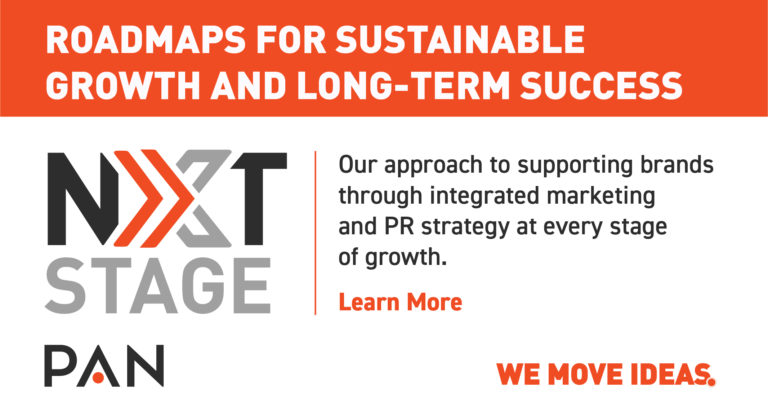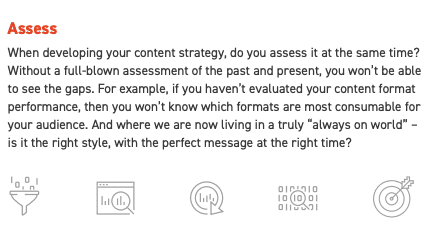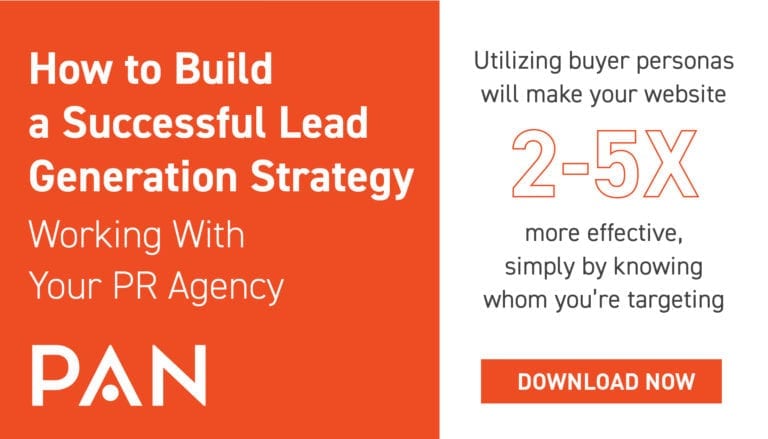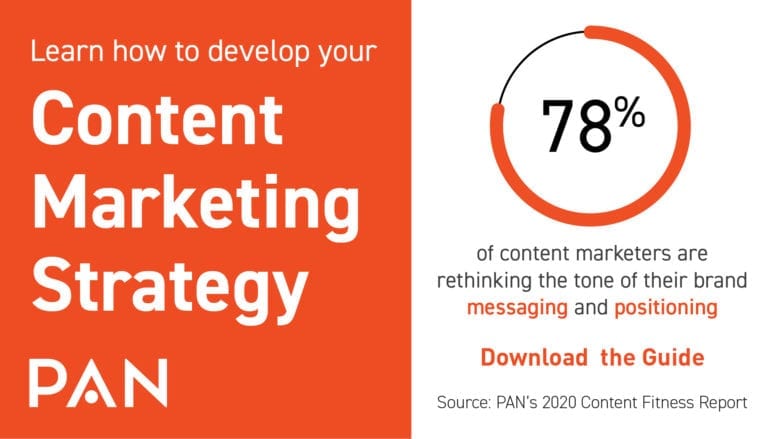PAN’s NXT Stage approach is designed to help companies succeed in the fight to reach brand awareness, funding and ROI goals. But what does that mean, specifically, for healthcare brands? Well, many things. In this piece we’ll highlight a few of the bigger strategies you can use to take your brand to the NXT Stage, whether it’s moving from Series A to B funding, growing through acquisition, global expansion or entering public markets.
Let’s face it, 2020 was an interesting year. Companies in all sectors of healthcare were forced to scramble, re-adjust and change to drive innovation and adapt to a whole new way of reaching, engaging and treating patients.
That being said, despite the initial business challenges and disruptions related to COVID-19, the healthcare industry as a whole saw impressive growth in 2020, with projections showing no signs of a slowdown. According to Rock Health, a record $14.1 billion was invested in 440 companies in 2020. Additionally, healthcare technology investment accounted for over 9 percent of all venture capital activity in 2020 ($156.2 billion – an all-time record high). Within pharma, Pharma World Magazine quotes studies noting that industry value will reach $1.5 trillion by 2023, a big increase from $1.2 trillion in 2018. The U.S. market value in 2020 was approximately $405 billion USD with an expected compound annual growth rate (CAGR) of 13.74 percent from 2020 to 2027.
“Healthcare technology investment accounted for over 9 percent of all venture capital activity in 2020 ($156.2 billion – an all-time record high).”
As revenues and investment increase at a steady clip, the healthcare market is continually seeing the entrance of new start-ups to address specific areas, larger more established players expanding offerings or moving downstream through product development or M&A, and non-traditional healthcare companies (i.e. Google, Apple, Microsoft, etc.) entering the arena. The result is a highly competitive, noisy and cluttered market that can be confusing. Gaining awareness, attention and ultimately mindshare, while clearly articulating your value proposition amid this backdrop is critical.
Learn more about our NXT Stage Approach and how we can help you build awareness.
At the end of the day, it doesn’t matter which segment of the healthcare industry you’re in. Across the board, there is one simple reality: You have an audience who can choose to buy your products or services or go with a competitor. How do you, as a healthcare marketer, make sure you are attracting new business, engaging with the right audience and increasing awareness (and bottom line) for your healthcare brand?
“How do you, as a healthcare marketer, make sure you are attracting new business, engaging with the right audience and increasing awareness (and bottom line) for your healthcare brand?”
Create a Content Marketing Strategy to Grow Your Business
At PAN, we believe that regardless of channel or campaign, content is king. It all comes back to telling a good story and providing your audience with valuable assets, all while connecting them to your brand and thought leaders. In today’s age where information is so easily accessible, you must understand that audiences first educate themselves before interacting and transacting with vendors. While that can sound scary, depending on where you are in your marketing journey, it shouldn’t be. As a healthcare marketer, it presents an amazing opportunity to create content that puts your brand in front of the right audience at the right time. We’re not just talking about your website here. Think bigger and more broadly, and consider where your audience personas go to get their information. This could include your blog, social platforms, and/or other highly influential digital platforms (i.e., influencer’s channels, industry organizations and associations).
Not sure where to start with your content marketing program? This framework can help.
Content Strategies for Healthcare Marketers
Speaking of blogs, they go hand in hand with a strong content strategy. Take advantage of the full range of company and executive points of view, your customer successes, patient stories and other insights. A blog is an ideal landing place to direct those audiences via social promotion, newsletters, news releases and other customer-centric communications. Be sure to plan and create an editorial calendar in advance, factoring in cadence, tone, author(s), and themes/topics (i.e., voice of the customer, industry POVs, company milestones, health months/milestones or other timely topics relevant to your company and your audience).
Email as a Content Distribution Tool
Lastly, give thought to targeted HTML email campaigns and newsletters as supporting components of your content strategy.
While it’s true that many people go searching for information via search engines and, more specifically, on your website, emails and newsletters are a way to stay a step ahead. What if the information was in their inbox before they had to even look for it? By sending out targeted emails and/or a newsletter at least once a month, you’ll continue to educate your key constituents by providing them with fresh content they can apply to their own roles or use in a decision-making process. The key is to provide your email database with a variety of information to best capture their interests.
Use email personalization and segmentation based on a recipient’s preferences needs so they’re receiving relevant information. Send out a video, a current blog post or provide industry news that will give readers information on various topics. Be sure to plan these ahead of time so they are timely according to what’s going on at your organization or in the industry.
CLIENT SPOTLIGHT:
We’re currently working with a client that provides health systems with an AI-driven digital transformation platform to help them optimize how they manage equipment and resources. We were tasked with creating content that supports both thought leadership and lead gen efforts through the client’s blog – turning customer successes, podcast episodes and webinar content into topical posts that are also integrated with the company’s marketing efforts (HTML emails, campaigns, customer and prospect communications). These drive traffic to the blog and create yet another value-add touch point and help move the sales needle.
Thought Leadership in the Healthcare Industry
All of this points to the need for and importance of thought leadership, specifically in today’s healthcare market. Given the ripple effects of the COVID-19 pandemic, the need to drive trust, forge customer connections, and remain empathetic will be critical. This is especially true for patient engagement, remote patient monitoring, virtual care and telehealth, vaccine distribution (and, more broadly, the impact on drug discovery and development and clinical trials), population health, resource and equipment utilization and mental health spaces. This is the lens through which brands need to view their thought leadership strategies and tactics.
Ask yourself:
- What are you doing that has direct impact on patients and their care?
- How are you helping your B2B customers save time, money and resources?
- How does that benefit the patient/consumer in regard to the quality of their care and/or the cost to them?
- Why is this important to the market?
- How will this help the market evolve?
- Is it sustainable and how/why?
- What role does your company culture and values play in all of this?
These questions are great starting points to help brands and their executives insert themselves into the conversations taking shape around them in a non-promotional way. They also serve to help you step back to look at your company and your executives’ personal stories to determine what is truly compelling. What will the media, colleagues, investors and everyone else really care about?
It’s also important to remember not to simply repeat what is being said. Be a true thought leader and have something innovative and unique to add to the conversation. When sharing your ideas, don’t be afraid to “color outside the lines” and take risks with your thoughts, ask questions and prompt people to think differently.
“Be a true thought leader and have something innovative and unique to add to the conversation. When sharing your ideas, don’t be afraid to “color outside the lines” and take risks with your thoughts, ask questions and prompt people to think differently.”
Why Video Content is a Must for Healthcare Marketers
Did you know that YouTube isn’t just a website, but a search engine? It’s true. According to one Forbes article, with 3 billion searches per month, YouTube’s search volume is larger than that of Bing, Yahoo, AOL and Ask.com combined. And, if YouTube’s user base were a country, it would be the third largest in the world.
When it comes to healthcare, there isn’t anything more powerful or engaging than video. Look to make video front and center in your marketing playbook. Think about how you can get your people/executives/thought leaders/clinicians, company, products/services as well as your customers to personalize your health brand and make it more approachable and relatable. In an industry where people are often intimidated by the notion of healthcare, doctors, drugs, medical and lab equipment, and hospitals, bringing that level of comfort to your content will make all the difference.
Look to edit longer videos into shorter, snackable segments. Remember, videos don’t have to be perfect – you don’t need professionally produced pieces. A regular cadence is what you’re aiming for. Be sure to balance quality with quantity, but don’t let yourself or your team get caught up in the minutia of making hundreds of small edits in the search for perfection while days, weeks or months go by until you share new video content.
“In an industry where people are often intimidated by the notion of healthcare, doctors, drugs, medical and lab equipment, and hospitals, bringing that level of comfort to your content will make all the difference.”
Along these lines, while they’re not video, podcasts are another excellent format that allow you to bring your story to life. They allow you to feature executive, customer, influencer and advocate voices in a way that helps personalize your brand and connect with your audiences – when and where they choose. And, they are extremely popular; as of January 2021, according to this continually updated Podcast Insights article, there were more than 43 million podcast episodes, up from 550,000 in 2018.
A Consistent, Strategic Social Program
Many healthcare companies today are simply “checking the box” when it comes to social media. They have accounts and handles on LinkedIn and Twitter, and maybe a Facebook page for culture (or patient/B2C) purposes. They post sporadic content, much of it self-serving. In other words, they are merely “present” on social media and feel they have it covered. Think again. Being “present” is a start but you need to look at how you can evolve your company to “participate” and, ultimately, “lead.”
First off, not all networks are created equal. It’s important to understand the audience on each network and the platform’s overall purpose. Further, each network also has its own expectations for content. When planning out your healthcare social media strategy, keep in mind that you don’t have to manage a profile on every network. Use the information you gather about each audience and pick the ones that benefit you the most.
“When planning out your healthcare social media strategy, keep in mind that you don’t have to manage a profile on every network. Use the information you gather about each audience and pick the ones that benefit you the most.”
Download this social media framework to help inform your social strategy.
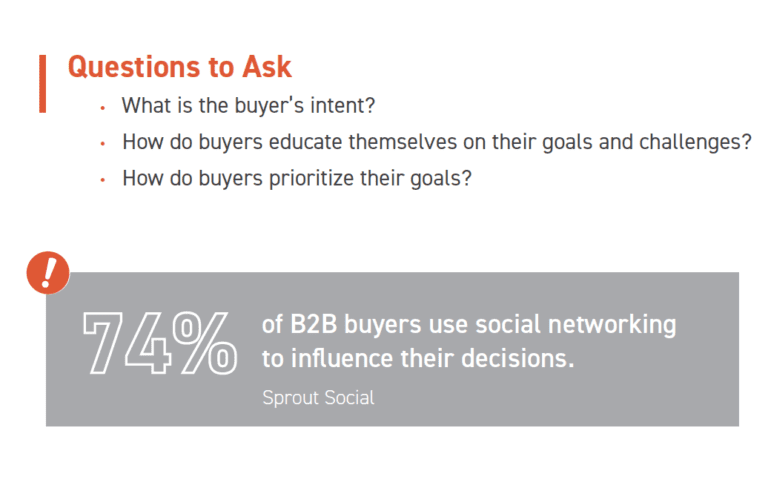 Once you’ve determined that, be active. Consistency is key, while also avoiding the overzealous approach. A few good rules of thumb are to post between five and seven days a week, once a day on Facebook and LinkedIn, three to five tweets a day, and one Instagram post per week. Being active also refers to liking posts, commenting, and joining discussions when you can to present your brand and thought leaders as an authority in the space.
Once you’ve determined that, be active. Consistency is key, while also avoiding the overzealous approach. A few good rules of thumb are to post between five and seven days a week, once a day on Facebook and LinkedIn, three to five tweets a day, and one Instagram post per week. Being active also refers to liking posts, commenting, and joining discussions when you can to present your brand and thought leaders as an authority in the space.
In addition to being active, keep your branding and messaging consistent across networks (i.e., similar header and profile images and company descriptions on each network). Also, while organic is one way to share content and be active, don’t forget to mix in paid social media posts which allow you to specifically target your ideal client base.
Another way to maximize and get the most impact out of your social strategy is via influencer relations. Audit who the executives, companies, individuals, policymakers, media and analysts are. Start to follow them, engage with their content and build an online relationship with them. The goal: Transition that online relationship to an offline relationship that can take the form of jointly-authored content pieces, joint speaking engagements, co-authored bylines, guest blog posts, video Q&As. This associates your brand with credible sources in the industry, giving your brand validation and also, and perhaps equally as important, extended reach and frequency by leveraging their networks.
Ready to integrate your PR and content efforts into an impactful inbound marketing strategy? Download our Inbound eBook.
Keeping Your Healthcare Marketing Strategy Organized
A strong healthcare marketing strategy is most effective when it is managed in a streamlined way, where each component is in sync with one another, rather than siloed.
In addition to meeting regularly with your team about your marketing strategy to discuss changes or updates, think about connecting your marketing elements through a content management platform. This enables you to not only track the performance of your collective efforts (which is a must when reporting the ROI up the food chain to those overseeing your budget!) but also identify areas for improvement. In fact, many healthcare companies that PAN works with are managing their marketing efforts on HubSpot, Pardot or other similar platforms. Doing so allows them with one access point into their efforts for ease of managing, reporting and adjusting – three critical elements of a modern and sophisticated marketing strategy.
PAN’s healthcare team works closely with brands across the entire healthcare spectrum, partnering closely with each to create the ideal mix of PR and integrated marketing programs. Looking to get to the NXT Stage? Contact us. We’d be happy to help!
Tailor your healthcare content strategy to your unique stage of growth using our Content Marketing eBook.



